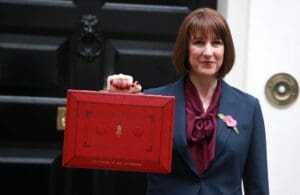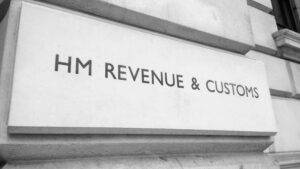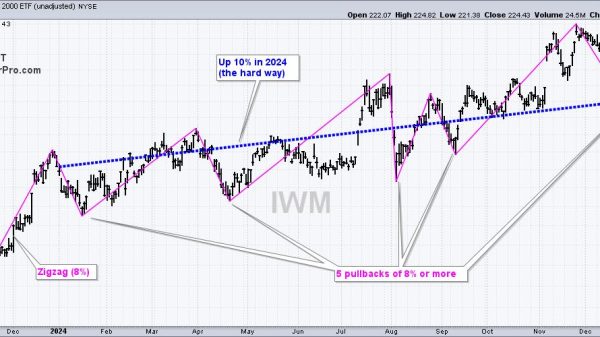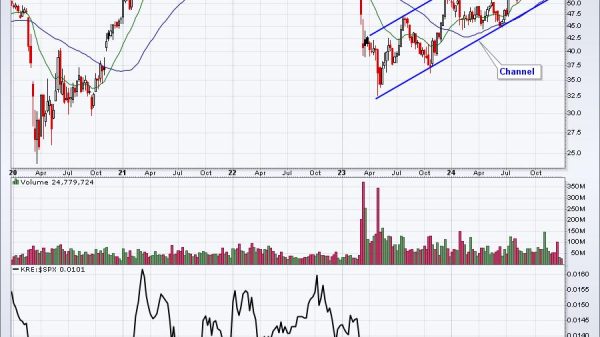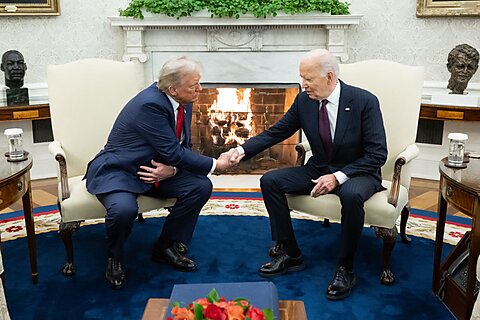Romina Boccia and Dominik Lett
The Biden administration is requesting another federal agency‐sized supplemental. This time, it’s $56 billion in new emergency spending for natural disasters, childcare, and high‐speed internet. With deficits in the trillions and interest rates at historic highs, Congress should stop adding fuel to the deficit fire.
The administration’s latest emergency supplemental would spend more than the Agency for International Development, the Small Business Administration, or the National Aeronautics and Space Administration (NASA) received in individual funding this year. This request also comes on top of the $106 billion in emergency aid for Israel, Ukraine, and other foreign policy issues the administration recently requested. And don’t forget the $16 billion in emergency disaster aid Congress already approved in a short‐term spending extension in late September.
If Congress passes the $162 billion in combined emergency spending, legislators will erase any theoretical savings that could have been achieved for fiscal year 2024 under the May Fiscal Responsibility Act, which set caps on discretionary spending. Congress should reject phony emergency spending and consider Biden’s “critical needs” request as part of the regular appropriations process, subject to existing spending caps.
Emergency spending should be reserved for priorities that are necessary, sudden, urgent, unforeseen, and not permanent—few of the line items included in Biden’s latest supplemental meet these criteria. Moreover, Congress should adopt emergency spending offsets to curtail abuse of this budget category for the primary purpose of evading current spending caps in the future.
Disaster Relief
About half ($24 billion) of the new domestic supplemental would address disaster‐related issues. From that amount, $9 billion would cover a preexisting Federal Emergency Management Agency (FEMA) Disaster Relief Fund budget shortfall that legislators have been aware of for months.
The remaining $15 billion in disaster funding includes support for crop insurance, housing, transportation infrastructure, education, small business disaster loans, and more. Many of the line items the administration claims require emergency spending are barely disaster‐related and do not meet the essential criteria that justify emergency deficit spending.
Take $600 million for purchasing two new aircraft for “hurricane and extreme weather forecasting efforts.” These funds would replace existing aircraft expected to be decommissioned in 2030. Likewise, the National Aeronautics and Space Administration (NASA) requests $180 million to “begin efforts to safely dispose of the International Space Station.” According to NASA, the International Space Station should be operable “through 2030.” These issues do not qualify as urgent or unforeseen and certainly do not represent vital emergency needs.
Then there is $68 million in general funding for the Centers for Disease Control and Prevention (CDC) and $63 million in base pay increase for the Department of Interior wildland firefighting workforce. Neither of these issues arose suddenly, nor are they non‐permanent expenditures. Salary increases and agency‐wide funding belong in a base budget request, not an emergency supplemental.
Some of the spending the administration asks for should not be happening at all. Take the $3 billion in “support to farmers and ranchers with crop losses from natural disasters.” As Cato’s Chris Edwards points out, federal crop insurance subsidies lack transparency, crowd out private risk management solutions, primarily benefit extremely wealthy producers, and harm the environment—all at taxpayers’ expense.
Rather than responsibly plan for natural disasters, the federal government uses a separate deficit funding stream to plus‐up agency and program accounts. Congress should stop abusing emergency spending to fund reoccurring issues and make room in the regular budget for essential disaster relief.
Childcare
The administration requests $16 billion for “child care stabilization funding…mitigating the likelihood that providers will close or raise costs for families.” The new funding is supposed to replace previous childcare emergency funding passed in the American Rescue Plan of 2021 and would be provided through the Child Care and Development Block Grant.
This is not an issue that suddenly arose. Moreover, federal funding that comes with strings attached also carries unintended consequences. As Cato’s Ryan Bourne explains,
“[F]ederal subsidies entrench onerous state childcare regulations. The Childcare Development Block Grant authorizes and governs the federal childcare subsidy program known as the Child Care and Development Fund (CCDF), which provides financial assistance to low‐income families. The Child Care and Development Block Grant (CCDBG) Act of 2014 requires that providers receiving grant funds meet group size limits, age‐specific child‐to‐provider ratios, and staff qualification requirements, as determined by the state—regulations that, as noted above, reduce supply and increase prices.”
Pet Projects
The remaining $16 billion in emergency funding is spread across several pet projects.
The administration requests $6 billion for high‐speed internet subsidies and $3 billion for communications providers to remove “insecure equipment and software from US communications infrastructure.” Continuing broadband subsidies and reimbursing communications companies for “ongoing” efforts to secure communications infrastructure responds to neither an unforeseen nor a sudden emergency.
Another $3 billion would go to the Department of Energy, including $2.2 billion to improve long‐term domestic uranium enrichment and $278 million to speed up the construction of the Isotope Production & Research Center at the Oak Ridge National Laboratory. Neither issue qualifies as sudden or non‐permanent.
Another $4 billion would be spread across opioid harm reduction, low‐income home energy assistance, international food assistance, and non‐profit grants related to counterterrorism. Some of these programs, like the Low Income Home Energy Assistance Program (LIHEAP) and US Department of Agriculture Food for Peace grants, are regularly funded either fully or partially through emergency spending. These are all issues that should be discussed within base budgets that are subject to spending limits.
Reject Deficit Spending for ‘Emergencies’
Congress should reject unnecessary and unjustified emergency spending. If some of the issues the administration highlights necessitate funding, Congress should consider it as part of annual appropriations. We must get Congress out of the habit of myopically passing supplemental emergency funding requests.
Congress should further offset new emergency spending by requiring future cuts to pay for expenditures that violate agreed‐to budget caps. Emergency spending offsets would promote forward‐thinking fiscal planning and deter the irresponsible use of deficit‐fueling emergency spending for recurring, predictable issues.
Overreliance on emergency spending for issues that should be part of basic budget discussions erodes trust in the government’s capacity to budget responsibly and directly contributes to the long‐run fiscal challenge. With deficits in the trillions and interest rates at historic highs, taxpayers cannot afford more mindless emergency spending.


